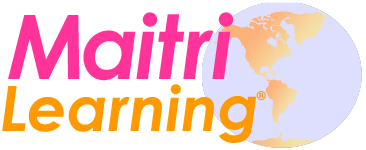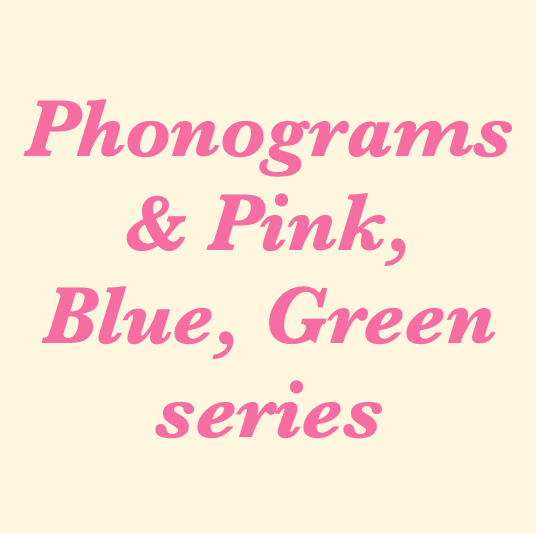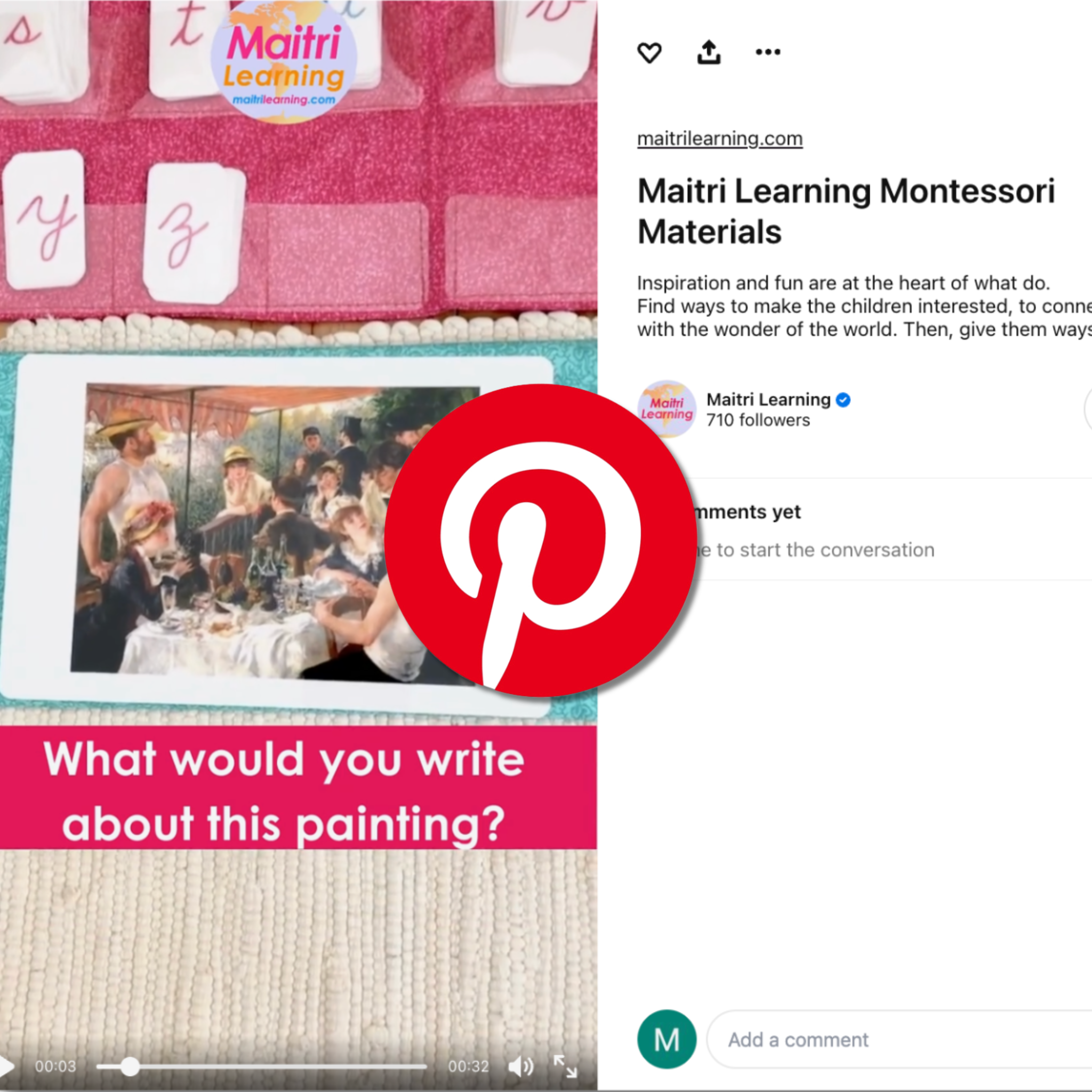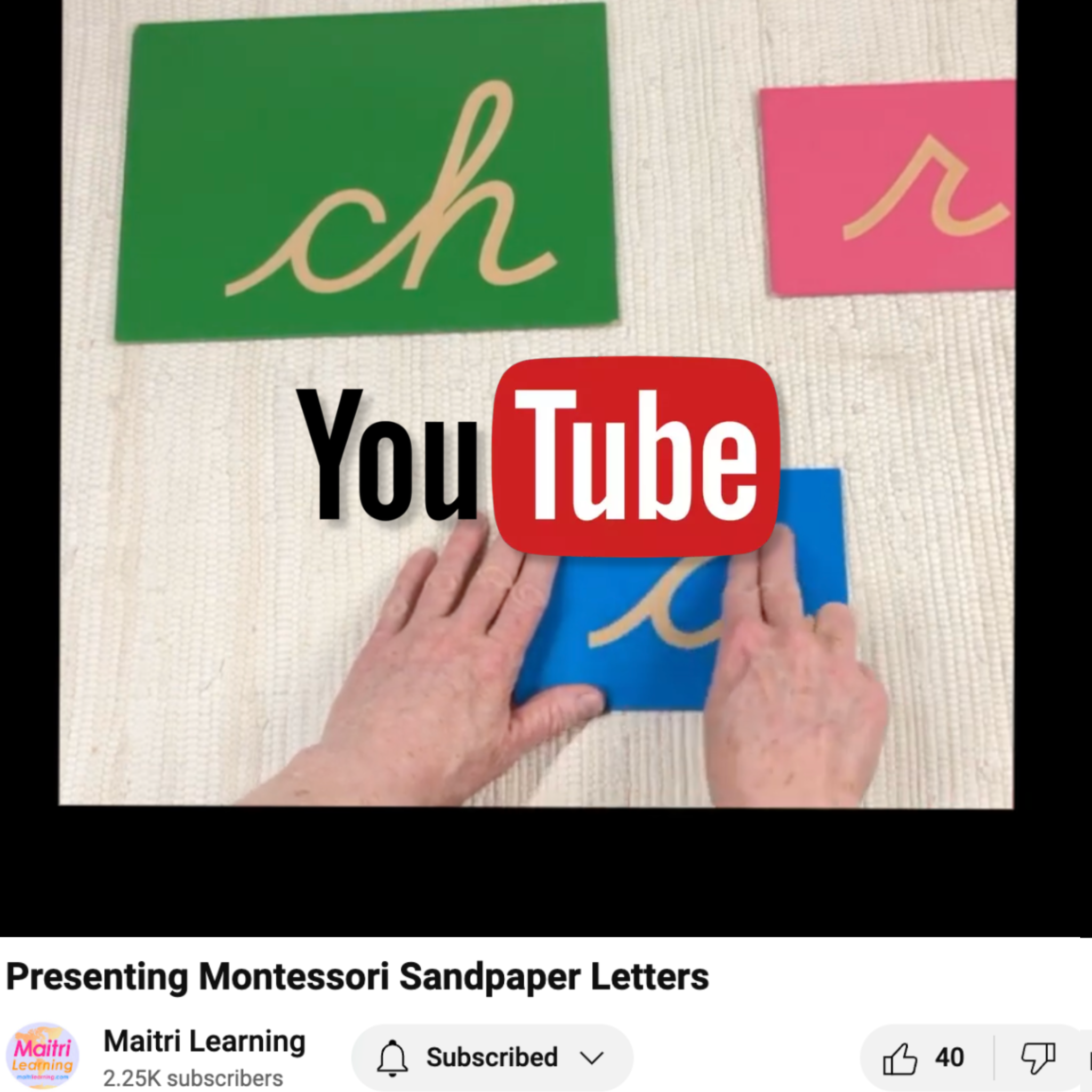Homeschooled 4-year-old...where to begin?

Question:
Greetings, my son is four and is homeschooled. I recently came across your website and am so impressed by the thoroughness of it and the quality of the materials. But it's a bit overwhelming knowing where to start. My son enjoys being read to and can recognize the letters in the alphabet and say them. We are working on the sounds. The words he recognizes by sights, as far as I can tell, are his name (William), Mama, and Papa. Which materials would you recommend I purchase for him at this age/stage/readiness level?
Julia says:
It sounds like your son is off to a great start. I would recommend taking a moment to read our article on the Montessori Language Program and on the Five Steps to Literacy. In sum, the big steps to help your son's language work are:
- Spoken Language: This is about much more than speaking. Our work here really never ends as it involves maintaining an organized, accessible environment and offering rich language experiences.
- Phonemic Awareness: This refers both to (1) hearing the sounds within our language and (2) linking those sounds with the letters and phonemes/digraphs (like th, sh, ee) that make them.
- Writing: Being able to build words (create the code) actually comes before being able to read (crack the code). Why? Because it is easier when the child has a tool like the movable alphabet (which they can use long before their hand can draw letters legibly).
- Reading: This begins at the word level (like how your son can recognize his name, mama, and papa).
But all of this really depends on his growing independence. We often focus on academic topics when thinking about schooling, but the foundation for all academics is self-efficacy. So, do everything you can to help your son do things independently,... and to realize that he is capable. I'm not just talking about dressing himself and washing up, but also caring for the home and the living things (people, animals, and plants) in it. You can read more about this in our article about the Montessori Practical Life Program. But remember that acquiring the skills of everyday living tasks is the most important aspect of the Montessori program, okay? Put most of your energy here and all else will be easier.
Now, getting back to language, I'm guessing that you've already created a rich oral language environment for your son. Keep that going and keep reading together! (We were able to keep reading aloud before bed with our son until he was 16...so it's not just for little ones! The books we read grew with him until we were reading a chapter a night of really great, classic literature.) Are you also playing the Sound Game to help him isolate and hear every sound in every word? That is an important foundational skill for learning to write and read. And, it's a lot of fun!
It sounds like your son is interested in gaining letter-sound knowledge right now (part of phonemic awareness). With that in mind, I would get him access to sandpaper letters as soon as you can. This material is the ideal way to help children learn letter sounds and letter shapes. After all, learning to visually recognize letter sounds is only part of the goal here. We also want children to develop muscle memory for drawing/writing the letters. Does that make sense? You're probably focused on print letters and that is fine. But, if you're courageous, you'll get him started with cursive letters. I wrote a whole blog post on why cursive rocks if you'd like more information.
Use the three-period lesson until he knows all of the alphabet letters and key sound phonograms by sight. This means that if you say, "show me the oy" or "show me the mmmm", he points to the correct letters. Once he does, it's time for the movable alphabet so he can start "writing" words phonetically (don't worry about spelling yet...that will come with reading practice).
So, here's a summary of things you can do now:
- Help him become independent in all daily living tasks (make the environment accessible and invite him to join you in cooking, cleaning, laundry, etc.).
- Keep enriching his oral language environment and play the sound game.
- Introduce him to tracing the sandpaper letters and the key sound phonograms/digraphs (like ee, sh, and th).
- Once he recognizes all of the sounds/phonograms, give him a movable alphabet and inspire him to write words.
Let me know if this makes sense and if it helps! I think your son is lucky to have a mom who is dedicated to finding the best ways to support him. Good luck!








2 comments
These are the BEST questions! Lowercase and cursive only. The reason is that the child is naturally exposed to print everywhere in American culture. So, we don’t need to specifically teach it. We teach cursive, we write in cursive, and we use a cursive movable alphabet. When we first notice that they are starting to read words, we introduce the phonetic object box where we write the names of the objects in cursive. After this, all of the reading is in print. In the majority of cases, the children just don’t seem to have trouble switching from cursive to print. But because cursive is used less often these days, they can’t go in reverse. By teaching them cursive, we effortlessly give them the gift of both. If a child is challenged by it, you can show them a print movable alphabet (you’ll want your spelling alphabets in print) and allow them to compare it to the traditional, cursive alphabet. I hope this helps!
Julia Volkman
Julia, were I to take the plunge and go with the cursive set of sandpaper letters, would you suggest supplementing with print font as well? Or is one of the other best when starting off?
And upper versus lower case? Use both?
Samantha
Leave a comment
This site is protected by hCaptcha and the hCaptcha Privacy Policy and Terms of Service apply.